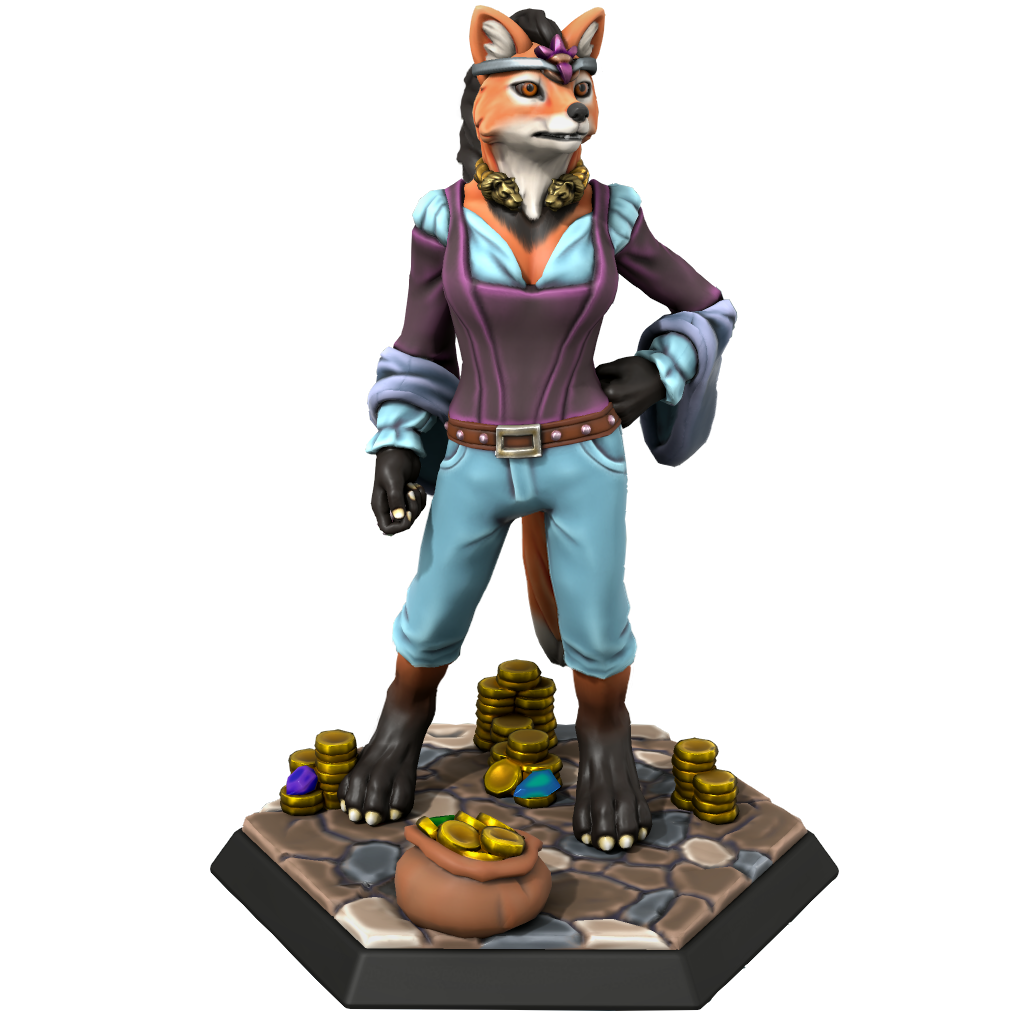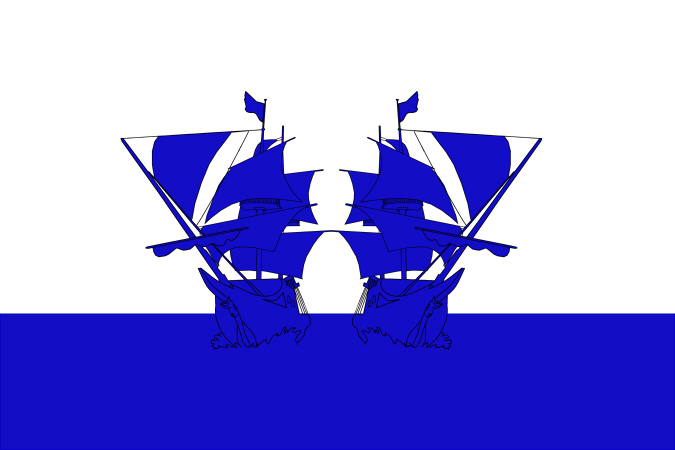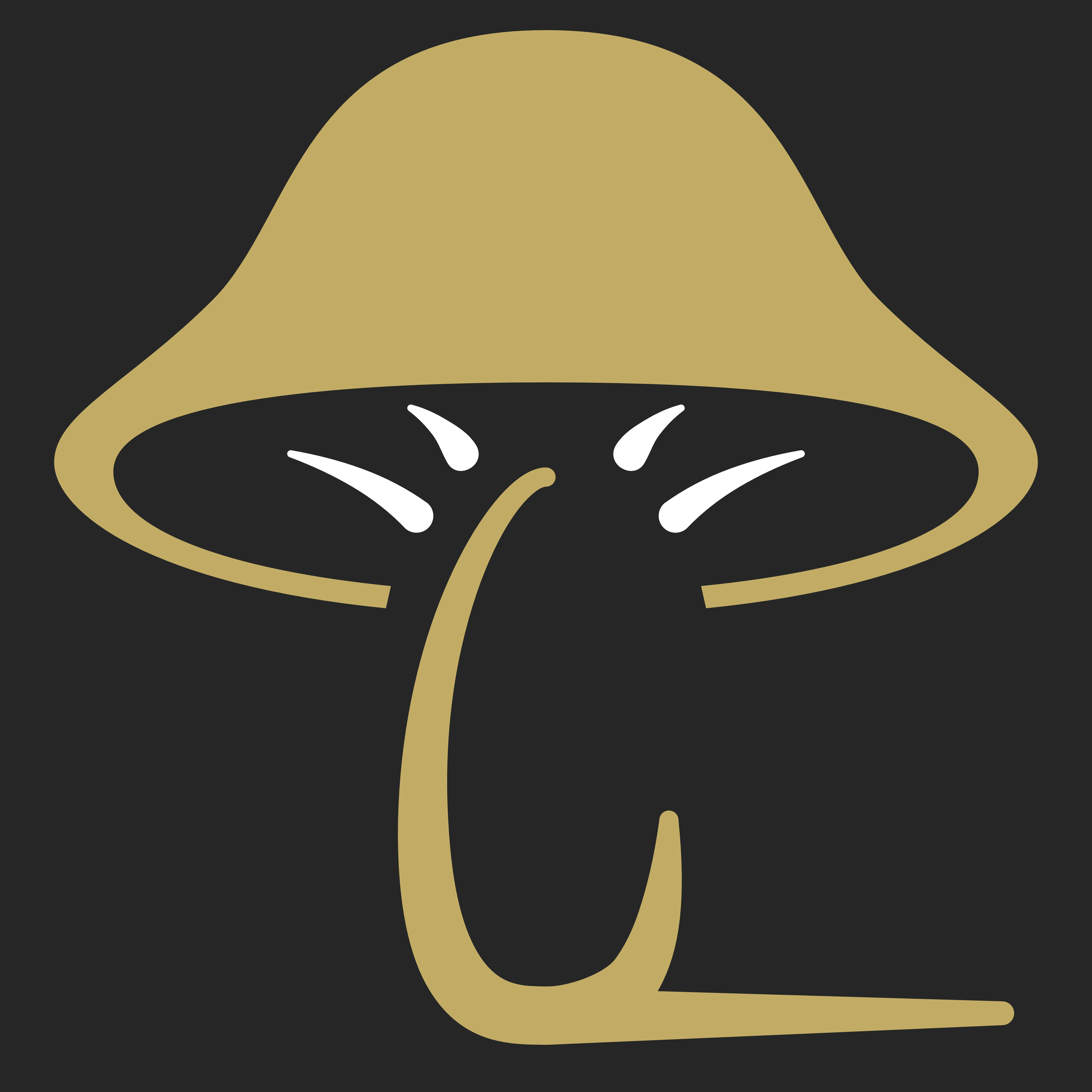The High Rust

The rich would move to the mountains to get far away from the peasants, and cities would host their wealthiest upon towers on hills. A kingdom went as far as to build an entire city in the middle of a mountain range in order to show its wealth. It was not a surprise then that monarchs, aristocrats and high ranking officers were the most impacted when, on that year, an orange fog corroded anything that stood too high above the ground, marking the start of the Era of Rust.
The Event
On the first days of Reaping on 3014 E.Alz, accounts of "a day-long sunset" where the sky looked weirdly orange started in inland areas of the archipelago, attributed back then to distant volcanoes erupting or tricks of the light. Those reports increased steadily and three months afterwards were joined by accounts of the water from melting rivers turning reddish without apparent reason or change in flavour around high altitude settlements such as Bregos and Goldwaste, and fading back to normal downstream.Some people and creatures started collecting their water from lower areas as the colouration progressively became more accentuated and slowly travelled downstream, while the air got a stronger orange tint with each passing day.
Disease
Just about a week afterwards, both living creatures and inert materials in these areas started showing physical changes that looked similar to the rusting of metals: dry copper coloured scabs that would flake and fall down taking hair, feathers and scales with them, taking hold seemingly at random and progressing fast, especially in living organisms, with entire limbs cracking down and falling in a matter of weeks. In 5/12/3014 E.Alz, 18 days after the first reported symptoms, a 3 year old girl by the name of Gyelda died in the city-state of Bregos, becoming the first societarian victim of the High Rust.Her fate was quickly followed by thousands. The mountain and hill-dwellers started migrating downwards, receiving rejection and even violence as fear of contagion escalated among those in the places receiving the refugees.
Thankfully, the disease quickly showed to not be contagious, though the apprehension took months to fade among the locals. Unfortunately, most people already affected would not recover even after getting to lower grounds: Some would have their condition halt, with the flaky scabs remaining unchanged, others would observe with horror as the Rust consumed them until their death.
The fall of nations
20/12/3014 E.Alz announced the imminent change of era with the death of Queen Tesel of Merthiorn. Her demise was facilitated by the city she innaugured 53 years prior in the middle of the mountains, where the royal family and most aristocrats in the island moved to mark their status. Tesel's death hit the archipelago with the realisation of the true impact of the High Rust for societarians: Those who controlled the nations were being hit the hardest.Gone were the RuhRic of Cyan Stone, a big portion of the Dhalmanite parliament, and the political stability of Red Crest.
Armies, merchant organisations, governments and aristocrat families soon found themselves headless, their higher ranks culled form the world.
Dissipation
The High Rust lasted for five more months. During the last days of the month of Burning in the first year of the new Era of Rust, people finally saw the orange menace clearing up. In a matter of a week, the skies looked pale blue again, and the Rust stopped claiming new bodies.Two months later, on 24/07/1 E.Ru, an unfortunate Kartian farmer by the name of Kej was the last reported death of the High Rust, as his organs failed from corrosion damage.
Impact
As the High Rust dissapeared, societarians were left to rebuild a society where the heads of their economic, military and government structures had suddenly dissapeared.While many found this to be a blessing and an opportunity to rebuild the world, and many others found the perfect chance to overthrow rotten structures of power, entire nations panicked upon realisation of their sudden weaknesses.
Symbols of Power
Many organisations and states changed their focus into attempts to create or demonstrate their potential to defend themselves and their stability.Main examples include the country of Dhalmain changing their historical flag to now depict their two navy flagships, and the Kingdom of Merthiorn (having lost all of its royal family) transforming into the Kingdom of Thaur upon finding a citizen able to tame a tetsu.
Reminders of a crumbling past
Consequences of the Rust loom over every aspect of the archipelago's life. Everyone knows someone who corroded away, or whose skin still flakes in patches.Rebuilding, adapting and relearning is the everyday life of societarians ever since. Many study and ponder over the causes and nature of the phenomenom. The Dhalmanite attribute it to the laws of the universe being able to wonder again. Ruhks study the stars in search for answers from outside the planet. Others wail for explanations that they don't know how to pursue. It is unclear if they will ever come.
History of the High Rust
Span
03/08/3014 E.Alz > 05/05/1 E.Ru
(9 months)












Me, frustrated, a few days ago "I need to build a postapocaliptic world where society collapses and we get rid of beurocracy and capitalism and people starts to live a little better while they find different ways of doing things". And I was wondering where I got that idea :P
Gee, I wonder how getting rid of that would look Spoilers: Viva la corrosión